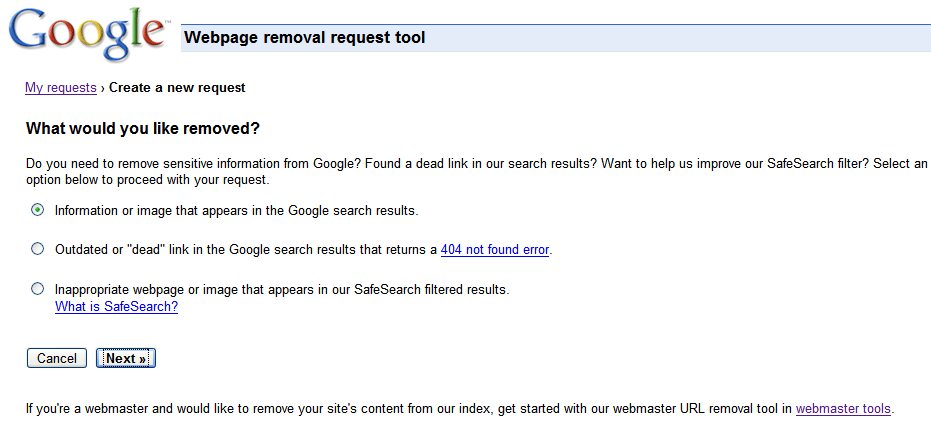
The two primary methods of encoding that are normally used are URL encoding and Unicode encoding. We've seen this used in other attacks such as SQL injection, but the same sort of techniques can be applied here to directory traversal as well. In certain situations, such as when a web application is filtering special characters, encoding is used to circumvent input validation in order for an attack to be successful. Of course, there are a lot more files that could yield interesting things, so if system-level access is attained, it would be wise to spend some time digging around for sensitive information.
CHROME OS GO SFTP UP A LEVEL FROM HOME DIRECTORY WINDOWS
Some notable files to look for on Windows are: For instance, Windows uses the backslash character as a directory separator and the root directory is a drive letter (often C:\). We can start out by trying to go up a few levels to access /etc/passwd, but we can see this throws some errors:ĭirectory traversal on other operating systems works in a similar manner, but there are slight differences involved. directly to the file path in the URL, we can attempt to change into higher directories in an effort to view system files and information not meant to be internet-facing. ), it changes to the parent directory or one directory above the current directory.īy appending.

The command cd is used to change directories, and when used with two dots ( cd. It takes a bit of guesswork, but sometimes sensitive information can be exposed by climbing up the directory. A GET request contains the parameters directly in the URL and would look something like this: Climbing the Directoryĭirectory traversal vulnerabilities can be found by testing HTTP requests, forms, and cookies, but the easiest way to see if an application is vulnerable to this type of attack is by simply determining if a URL uses a GET query. This type of attack is also known as path traversal, directory climbing, backtracking, or the dot-dot-slash (./) attack because of the characters used.

The path of the root user is '/root/', where it has control under all the directories and files.

The root (administrative) user is the only user who has its home directory in a different location by default. These users will have all the rights under their directory files. For example, two users 'jtp1' and 'jtp2' will have directories like "/home/jtp1" and "/home/jtp2". There is a separate directory for every user. The home directory can be said as a personal working space for all the users except root. The root directory contains all other directories, subdirectories, and files on the system.

It is a standard subdirectory of the root directory. It is automatically created as "/home" for each user in the directory'. This is the first place that occurs after logging into a Linux system. It is also referred to as the login directory. The Linux home directory is a directory for a particular user of the system and consists of individual files.


 0 kommentar(er)
0 kommentar(er)
